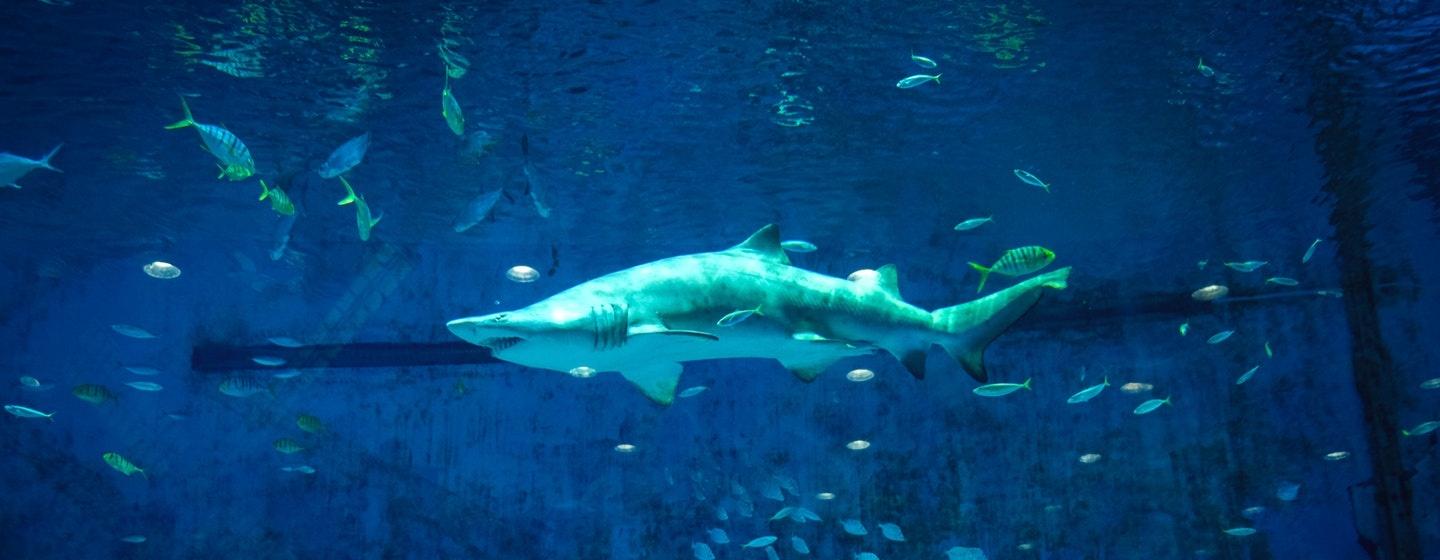Native America: Cities of the Sky
Native America: Cities of the Sky explores the creation of some of the ancient world’s largest and most impressive cities. An archaeologist explores some of the world’s largest pyramids in Central America, scientists 3D-scan a lost city of monumental mounds on the Mississippi River, and native elders reveal ancient powers of the sky in modern-day Missouri. Modern research suggests these ancient urban centers are more than just great feats of engineering and artistry. They are heavenly cities—aligned to and inspired by the movement of the sun, moon, and stars.
Celestial Sphere
This animation is a simple model of the apparent motion of the stars in the night sky. Ancient people described the motions as if the stars were all attached to a vast globe, or a Celestial Sphere, centered about the Earth.
Galileo: Sun-Centered System
Before the 17th century, people generally believed that Earth was at the center of the universe. Galileo, however, was not afraid to challenge existing beliefs.
Galileo’s Thought Experiments
This video from NOVA shows a dramatization of one of Galileo's thought experiments designed to help prove that Earth moves around the Sun at great speed.
NOVA: Galileo’s Inclined Plane
Galileo's use of the inclined plane to study the motion of objects is one of his most important contributions to science. As this video segment from NOVA illustrates, the inclined plane allowed Galileo to accurately measure the effect of gravity on falling objects and develop a universal law describing this effect.
Gravity at Earth’s Center
In this video adapted from NOVA scienceNOW, investigate the hypothetical scenario of a person falling into a hole through the center of Earth.
Solar System Dynamics: Orbits and Kepler’s Laws
Explore how human understanding of planetary orbits has changed throughout history in this video about Kepler's laws of planetary motion.



